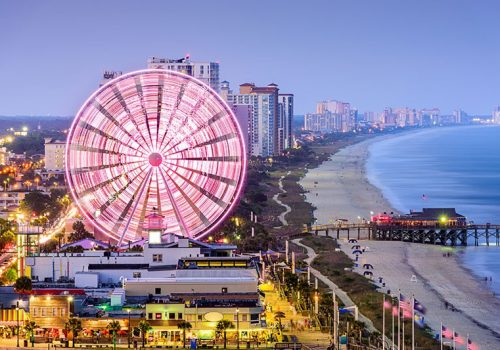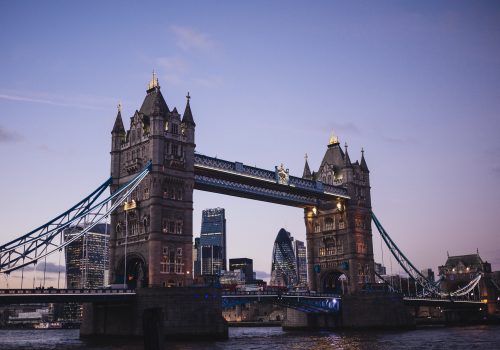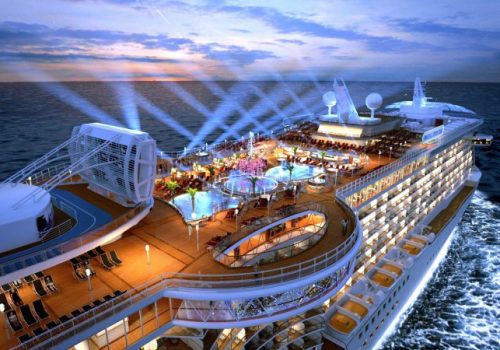VIKING SKY | WHAT WENT RIGHT ON BOARD THE VIKING SKY?
In the cold North Atlantic waters at the end of March, the Viking Sky found herself in a violent storm with gale-force winds and 26-foot waves. Suddenly, the engines quit and there was no propulsion. Unable to point her bow at an angle into the tall waves, the cruise ship bounced, turned sideways to the waves and started to list. Furniture began to slide, passengers found it hard to move around, and it became obvious that something was wrong.

The 1,373 passengers and crew began to leave their cabins and move to public areas. At one point, they were told to go to their muster stations, where they were given life vests. It was reported that those vests had to be collected from outdoor corridors by crew members who formed a human chain to avoid anyone being washed overboard in the storm. At the stern of the ship, a giant wave broke a glass door and washed over some passengers who were eating lunch. When the wet passengers came inside, others handed them dry clothes to put on, literally the sweatshirts off their backs.
Due to the engine problems, and the fact that the ship was drifting too close to shallow rocky waters, the captain ordered anchors to be deployed, and made the decision to call a Mayday. Within a half hour, helicopters arrived and began plucking injured and frightened passengers off the rolling deck. In all, 464 people were rescued this way by helicopters flying in the dark. Thirty-six passengers went to area hospitals, and one was in critical condition.
This could have been a maritime disaster, and some might argue that it was. (Investigations are continuing.) But there were many factors that contributed to the safety of the passengers and the saving of the Viking Sky. So, what went right?
Mayday was called, and help came quickly.
A cruise ship captain never wants to be in this position, and the decision to call SOS for a ship under your command is momentous. The combination of unreliable propulsion, proximity to dangerous offshore rocks and the wave state prompted the correct decision. As soon as the call went out, a helicopter rescue company called CHC went into action, sending two helicopters at first, and then deploying two more. Their mission involved seven rescue swimmers, six hoist operators, and twelve pilots. They successfully evacuated 464 passengers, 15 to 20 at a time. (Side note: At the same time, CHC also rescued nine crew members from a nearby cargo ship having trouble in the turbulent seas.)
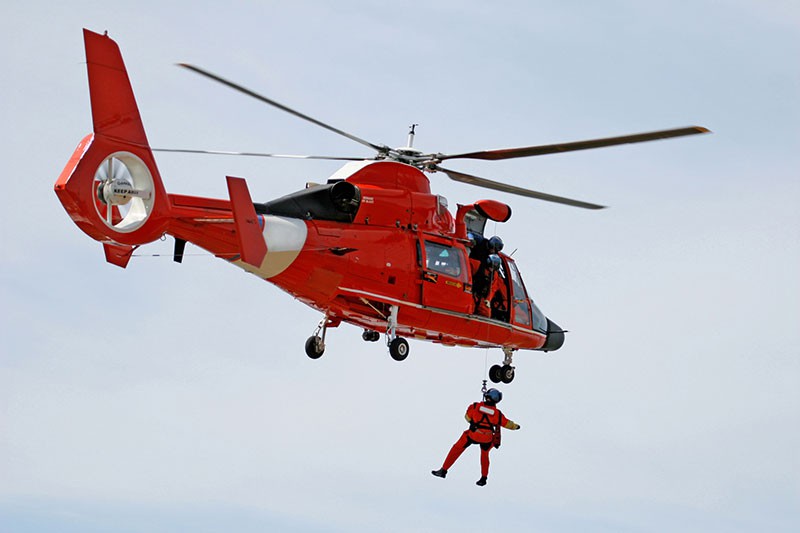
No lives were lost.
The passengers were calm and followed directions. It was probably a frightening experience and many were understandably seasick. The lifeboats could not be launched because the ship was leaning in very rough waves. If the ship had taken on water, and began to sink, there might have been loss of life. Perhaps good luck saved the passengers, but more likely the crew and rescue teams were well trained and did their jobs well under terrible conditions.
The crew performed admirably.
Both passengers and the rescuers noted the professional performance of Viking Sky’s crew. They were calm and helpful, a CHC spokesman said, and did their best. From the captain’s timely rescue call down to the crew members braving icy waves to retrieve life vests, this was a group of professionals who responded well to a chaotic emergency.
The hull was not breached.
While investigations are still going on, it was determined that the hull was not breached. Damage to the hull would have caused water to rush in, and bilge pumps to ramp up. The ship was drifting into potentially dangerous waters with submerged rocks, so the captain’s order to drop anchors probably saved the hull.
Cooling water intake hoses were not clogged.
This was one of the things investigators and ship’s engineers looked at. If the engines overheated, they would sound alarms and shut down. The intake cooling system was not clogged. It has been reported that oil levels may have been low in at least one of the four engines. Engineers working around the clock over the weekend successfully restarted enough engine power to get the ship into port.
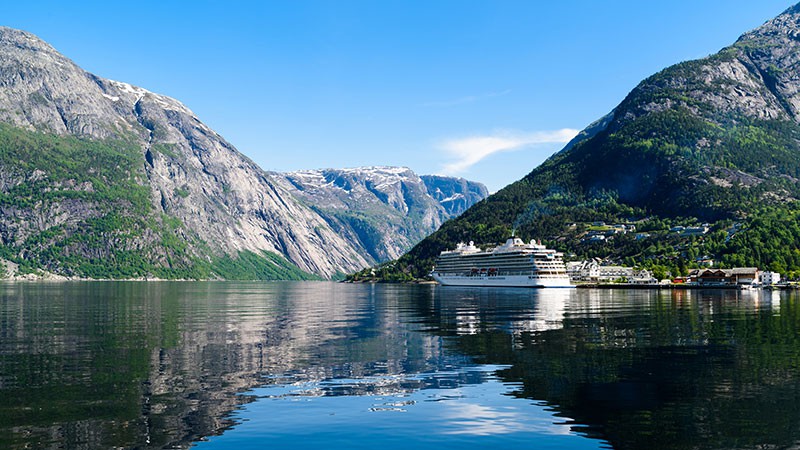
The ship returned to land under its own power.
The evacuation of all 1300-plus “souls on board” was not necessary, in the end. The ship’s engineers were able to fix the engines while being buffeted inside the engine room by rough waters. This sounds like a remarkable feat. The nearest port, Molde, Norway, sent out a pilot (this is normal operating procedure for large ships entering a harbor) and the Viking Sky pulled into port under its own power, aided by tugboats. Nearly 900 people, the crew and half the passengers, were still on board.
All of these factors, and probably a few more that will be revealed during investigations, contributed to an outcome that most would call favorable. Yes, it was treacherous and frightening, and people were unfortunately injured – but nobody died and the cruise ship was saved.
 Travel blog
Travel blog



